Bermuda's One Car Policy and 4 Other Ideas Worth Importing
Bermuda's beaches aren't the only things that inspired me on a recent trip
When my husband and I were planning our first-ever weekend away from our kids and our 10th anniversary, we had just a few requirements — we wanted to go somewhere new and scenic, the flight had to be direct and under 3 hours from Philly, and there needed to be flights that took off on a Friday morning and returned on Sunday early evening. These requirements eliminated everywhere except Bermuda and I’m so glad that’s where we went.
Bermuda is so great that I struggled with whether I should try to keep this secret to myself. I have heard and seen and read so much more about Puerto Rico and the Dominican Republic, not to mention Tulum and Costa Rica than Bermuda. Why? Then I realized that Bermuda’s under-the-radar feel might be by design.
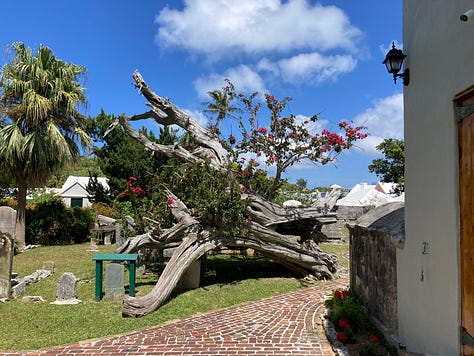
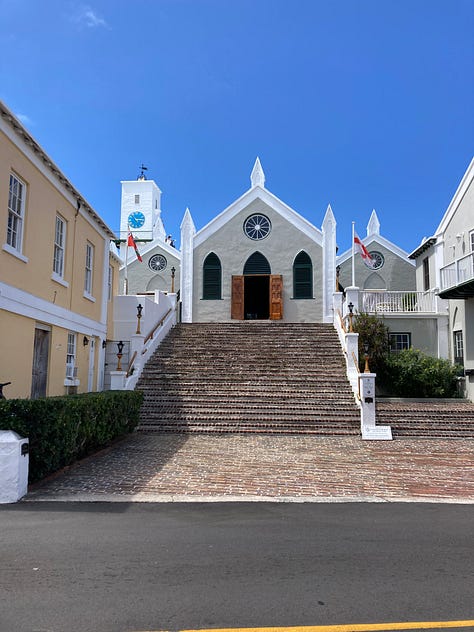
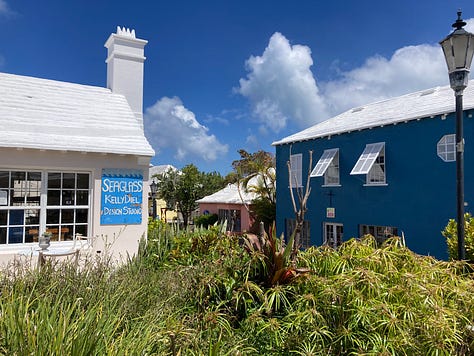
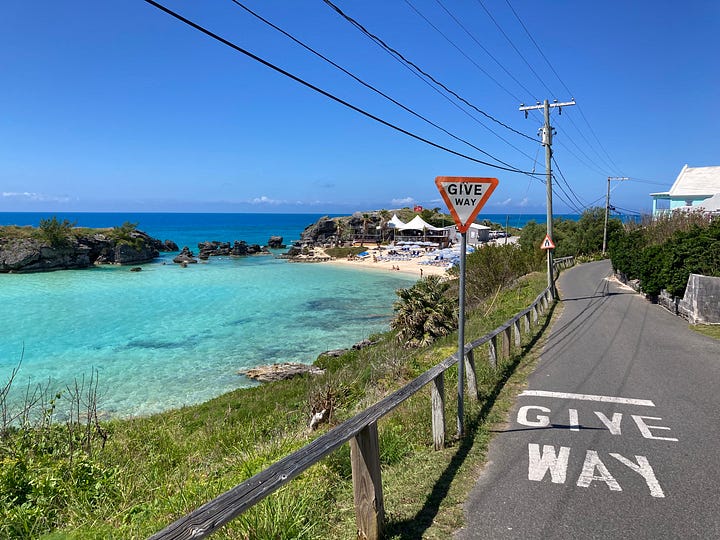
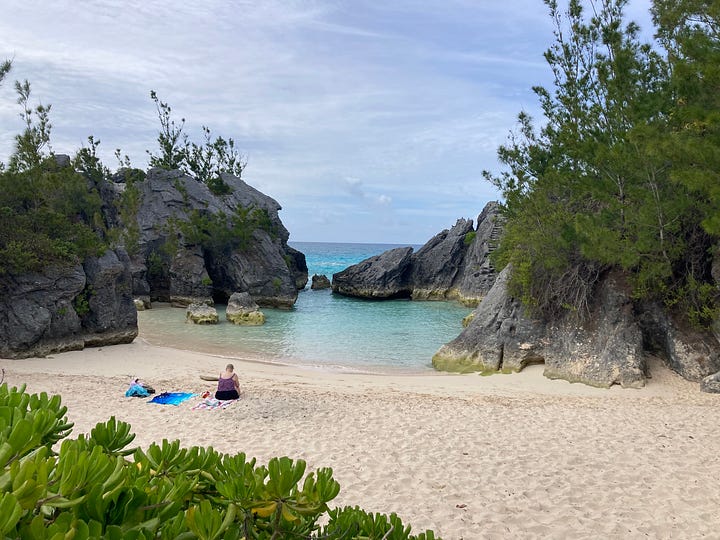
Bermuda seems to have put a good deal of thought into creative policies that enable tourism without crushing the island. The result is a place that feels authentic and enjoyably low-key. Clearly Bermuda is thinking about balancing tourism and sustainability as it navigates its uniquely isolated location and its substantial professional services economy.
While we spent a lot of time on the amazingly beautiful beaches, I couldn’t help but explore interesting policies and programs on my trip. Here are five that I found:
Bermuda limits one car per household
Bermuda has three main roads running across about 21 miles. It’s a totally isolated island, so any traffic generated there stays there. To avoid constant traffic jams, the country instituted a one car per household policy in 1951 and has stuck with it ever since. As a result only 50 percent of the population drives a car to work (compared to 90 percent of Americans who drive to work). The rest takes transit — bus or ferry —bikes, walks, or drives a motorcycle.
Because Bermuda has a population of just 65,000 people, and is totally contained, its one car policy is relatively easy to implement. But still I found it inspiring. Can you imagine how a one car per household rule would transform other communities in the U.S. and around the world? Other islands like the Cayman Islands are looking to Bermuda as an inspiration for better public transit and taming their traffic problems.
Bermuda prohibits tourists from renting cars
In addition to the one car per household rule, Bermuda prohibits tourists from renting cars. As a result, tourists take taxis, transit, or motorcycles to get around. While we took the beautiful pink public buses, my sense is that most tourists take taxis. We also experienced the vastly reduced transit and ferry schedules on Sundays, which all but assure tourists are taking taxis those days. The taxis are expensive, but much cheaper than renting a car would be in part because gas costs about $10 per gallon in Bermuda.
So far Bermuda doesn’t have rideshare services, but it’s starting a rideshare pilot in the coming year. It would be great if the revenue from ridesharing licenses went towards supporting transit, but I didn’t hear anything about that.
Bermuda has a very unique roof system to conserve water
Bermuda doesn’t have a source of fresh water, so how did people survive there before desalination? Across Bermuda you’ll find stepped roofs that slow and help to retain rainwater, which for centuries was the primary way Bermudians harvested potable water. Originally covered in a limestone wash, which has anti-microbial agents, the roofs enable maximum capture of water into gutters that then flow into underground tanks. Apparently each house harvest an average of 350,000 liters of water per year. Nowadays most of the roofs are painted white, which also helps to purify the water, and even if the water saved isn’t used for drinking it can be used for landscaping and other gray water purposes.
Today Bermuda, like other islands, depends on desalination plants for its water. The increased supply of desalinated water enables the country to accommodate tourists’ water needs and water-intense landscaping, such as golf courses. But these roofs remain throughout the island and testify to the island’s resilience.
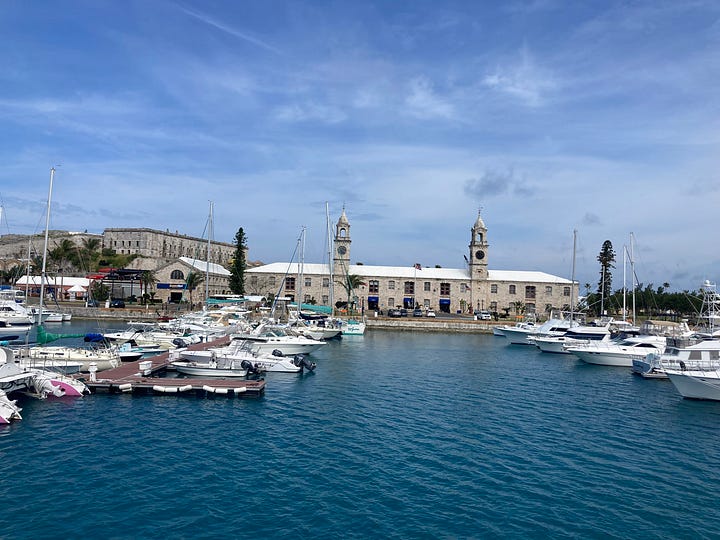
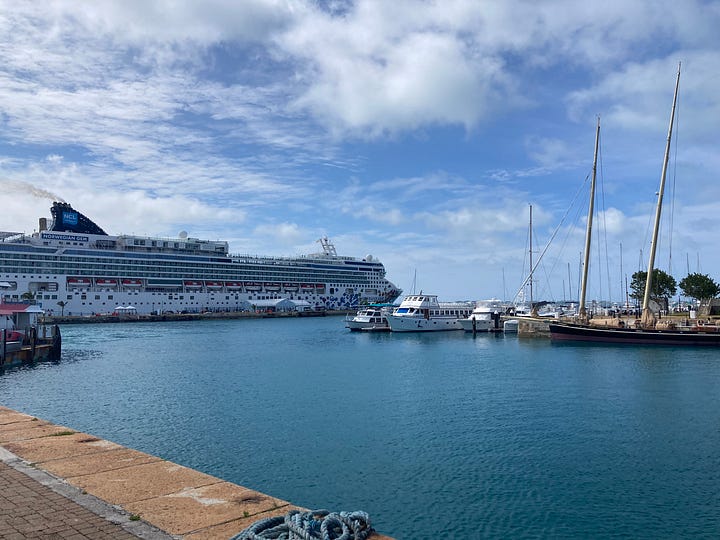
Bermuda has a tourist zone away from its treasures
Bermuda’s main cruise ship port is in an area called the Dockyard. This zone — which includes a museum, historic buildings, a lot of souvenir stores and a mall — functions like those stepped roofs, serving as a buffer that slows the flow of an overwhelming number of passengers coming off the cruise ships. It’s 20 minutes by public transit ferry from the main city, Hamilton, and 20 minutes by minivan or taxi from the most popular beaches, so undoubtedly many cruise ship passengers just stay in the Dockyard and others slowly filter around Bermuda. While cities like Barcelona recently announced moving their cruise port further from downtown to avoid overtourism and Amsterdam recently banned cruises altogether, Bermuda was ahead of its time in developing the Dockyard area in the 1980s to both accommodate cruise ships and mitigate their negative impacts.
Bermuda is planning for a better downtown
Unlike a lot of other islands that cater to tourists, Bermuda has a genuine business core with blocks and blocks of office buildings. We were there over a weekend so it was impossible to know what the vibe of Hamilton is like on a weekday, but the limited ground level retail and lack of placemaking in the business district suggested that this part of the city is ready for a refresh.
It’s exciting then to see that Bermuda is undertaking a new plan for Hamilton, and indeed there are several areas for improvement. I was glad to see in the plan that there’s a focus on making the city more walkable and pedestrian friendly, with a better use of the waterfront. As the above picture shows, much of the land directly on the water is occupied by parking — definitely not the best use for that space. My only wish for the plan would be to see more housing mixed into the downtown core, helping to support retail that caters to residents and not just tourists.






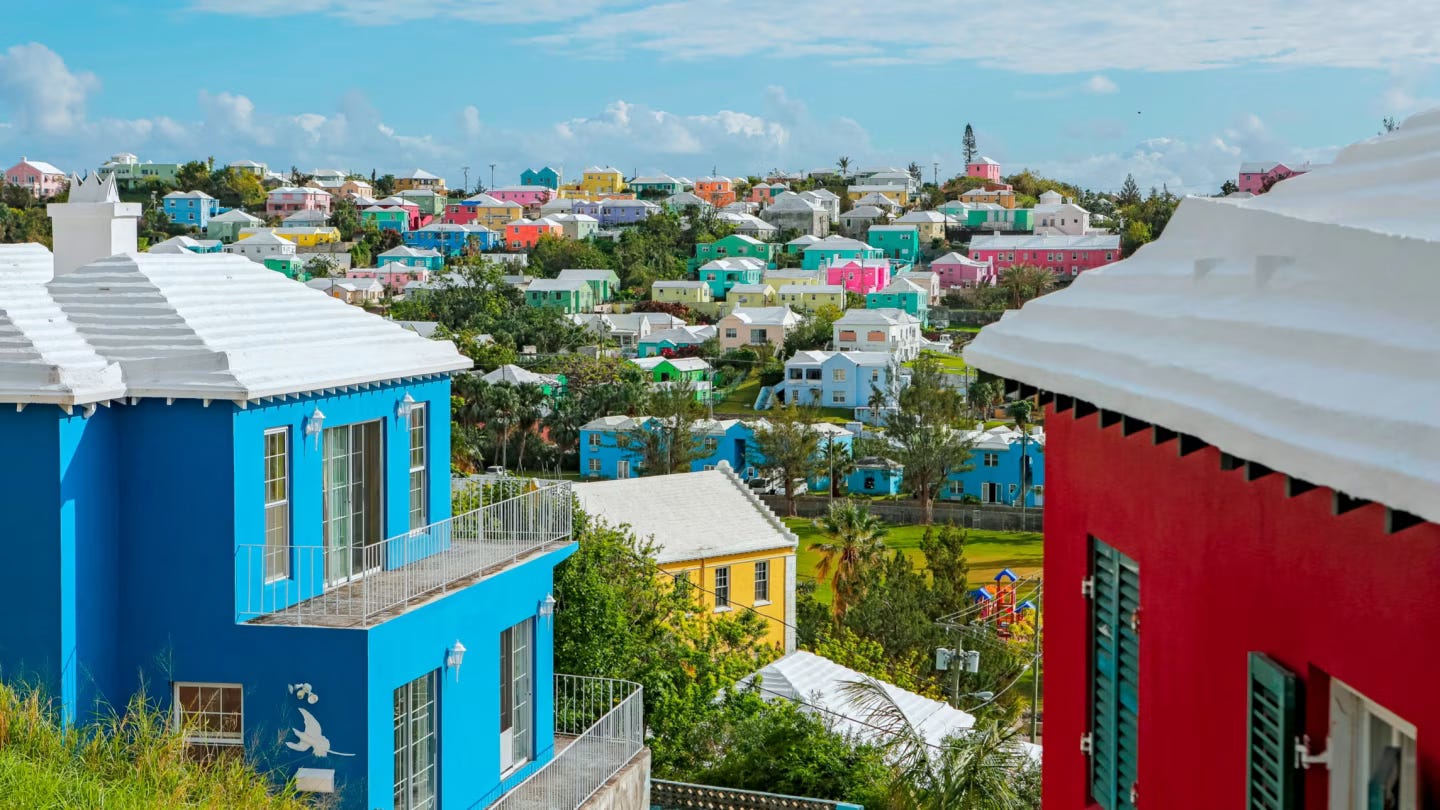



Love this post. It's also a welcome reminder that a writer can write about anything (vacation, for example) through the lens of your beat.